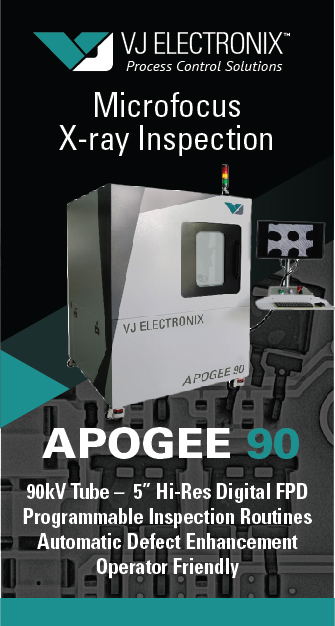Greg, congratulations on your promotion earlier this year. Now that you’ve settled into the new role, can you tell us a little about it? What are your main responsibilities?
My new role is running the US/Canada Sales operations for Juki along with managing both the internal and outside sales channels.
How long have you been with Juki? What are you most proud of during your time with the company?
I’ve been with Juki now for six years but it feels like 25+ with all the successes and opportunities that I’ve been a part of and able to achieve.
In terms of what I’m most proud about, it is a twofold answer.First, it has been great to be a part of the Juki family and how quickly I became trusted and allowed to maximize what I do best. The majority of people within the Juki organization have been here for 20–30+ years. Those numbers of longevity are not common in this industry, and it shows well how Juki treats its people and gives them the tools to succeed. Bob Black naturally has a lot to do with what the foundation at Juki is about. The second item I’m extremely proud about is the number of Juki/Essegi storage towers we have been able to penetrate into the market. The SMT market is a very mature landscape; however, the storage towers bring a completely new look to pieces of the manufacturing that have been overlooked for decades.
Also, we understand you have more than three decades of experience in the manufacturing assembly industry. What is your background?
After graduating from Purdue, I started as a Process Engineer for Motorola. Back in 1993, SMT was exploding onto the market and Motorola was at the forefront of high-volume manufacturing. Those years at Motorola gave me an incredible foundation that to this day has assisted me in understanding customer needs and helping solve problems. After several years at Motorola, I was provided an opportunity from MPM to join their organization as a Sales Engineer and made the transition away from production to servicing the industry. From there, I slowly worked my way into Sales and rose to director level within the ITW organization (who purchased Speedline/MPM). I worked for ITW for close to 18+ years before I left to start my own business before joining Juki in 2017.
How has the industry changed over the past 30 years in your opinion?
Great question and one that could fill a library. However, in short, besides the majority of us getting older and hopefully wiser, the market as a whole has seen so many significant changes in these last three decades. Technological innovation keeps driving the needle forward with miniaturization, globalization, environmental considerations, etc. The focus over the last several years has been on Smart Factory solutions that are driving predictive maintenance, quality control, and process optimization. All of these changes have led to more efficient and capable manufacturing processes and one that allows our customers to manufacture globally at a similar cost structure.
We’ve noticed that the ISM Ultra Flex 3600S has been in the news lately. What is so unique about this component storage system?
How does this incoming material station increase efficiency, and why is that important in today’s manufacturing operations?
Naturally, with the growth of the UltraFlex 3600s and storage solutions sector, customers need a way to put unique IDs onto their material. Additionally, if they require any level of traceability for their production and are using intelligent feeders on their pick–and–place, they also require UIDs. The incoming material station (IMS) provides them with an error proof process for this, which also saves them 75 percent of their time performing the task. There isn’t one customer that hasn’t mislabeled a reel, thus the ROI savings from addressing that problem alone justifies the system.
Looking to the future, what are your plans for growth, in regard to both your products and the company?
Is there anything else you would like our readers to know about Juki?
Everyone knows that Juki Automation is an industry leader and has been for years. Prior to joining Juki, I had always heard their tag line of “Lowest Cost of Ownership” but being at ITW and not directly competing against Juki, I didn’t understand what that mantra was about. Once I joined the company, I found out quickly that when it comes to owning a piece of equipment everyone initially looks at the purchasing cost of their systems; however, the forward-thinking customers look at yearly cost to run, maintain, and longevity of the machines. This is the mainarea where Juki stands apart. Whether it is our latest models or systems from 20 years ago, the systems are built and designed for minimum maintenance or calibrations and, overall, cost customers very little to operate over the lifecycle of their systems. The longevity and reputation that the Juki name carries is the best in the industry.

